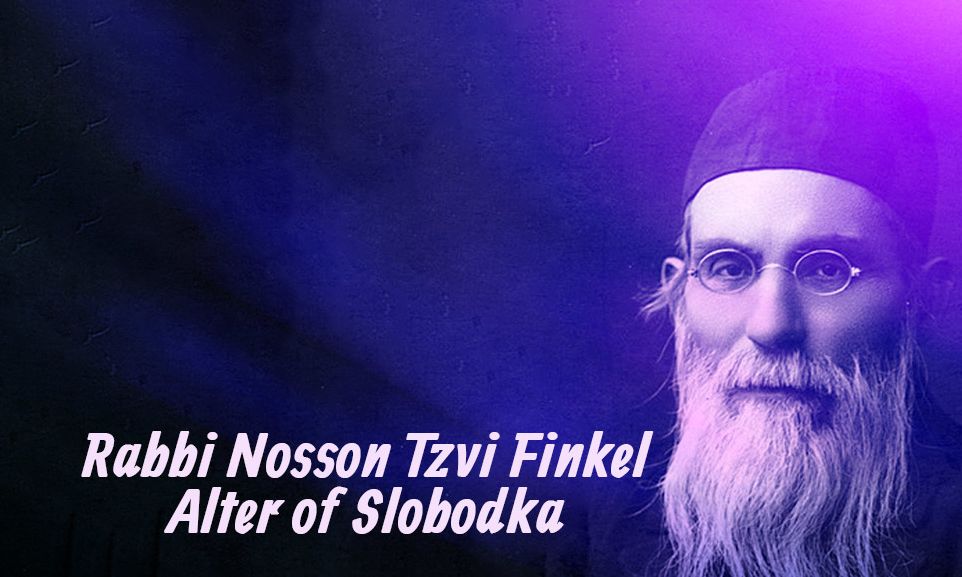
Rabbi Nosson Tzvi Finkel – The Alter of Slobodka
Date of Passing: 29-Shevat. Born in Russia and died in the British Mandate of Palestine. He was influential in the Mussar movement. Rav Finkel reestablished the Hebron Yeshiva.

Harav Nosson Tzvi was born in the year 1849 (5609) in the town of Raseiniai, Russia to Reb Moshe Finkel, a prominent community figure. At a young age he was orphaned of both his parents, and a relative from Vilna took him in. Unfortunately, the official records of his birth during the years that surrounded his birth have been completely lost.
As a young bachur, Reb Nosson Tzvi gained fame as a lamdan (exceptional learner), an iluy (genius) and a master of deep thought.
He was known for his exceptional oratorical skills. Later in life, he entirely changed his method of speech. After his introduction to Mussar (ethical behavior), he delivered his Mussar thoughts to others in a quiet manner and tone. He felt that Mussar and Torah thought had to be given over to others without charismatic appeal. He had two reasons for this – to ensure that the Mussar was entirely intellectual without danger of influencing others out of emotional appeal and the second to enable students to develop themselves and their own personalities.
Introduction to Mussar
After coming to know Harav Simcha Zisel, Reb Nosson Tzvi became his talmid muvhak (prize pupil). Harav Simcha Zisel put Reb Nosson Tzvi in charge of his Talmud Torah in Kelm.
Sometime before Rav Yisroel Salanter moved to Germany in 1857, The Alter met with him and asked Reb Yisrael what his work and purpose in life should be in this world. Reb Yisrael answered: “To revive the spirit of the meek and revive the hearts of the depressed” (Yeshayahu 57:15).
Sometime in the 1860’s or 70’s, Reb Nosson Tzvi developed a relationship with a wealthy Berlin inventor named Reb Ovadiah Lachman. Reb Ovadia was a supporter of Rav Yisroel Salanter. Reb Ovadiah became a supporter of the Mussar Movement. With the help of Reb Ovadia Lachman, Reb Nosson Tzvi founded a Kollel in Slabodka in 5637/1877, and later, a learning program for bachurim. In 1881, he founded the Yeshivah of Slabodka – again with the help of Reb Ovadiah.
Beginnings of Slabodka
Harav Nosson Tzvi had initially joined the Yeshivah Ohr Hachaim of Slabodka, and served as its Mashgiach. This yeshivah was the seed-institution of the future yeshivah gedolah of Slabodka. Soon, hundreds of bachurim flocked to the Slabodka Yeshivah, which became famous as a bastion of Torah and mussar. With his riveting shmuessen (talks) and humility, Rav Finkel inspired thousands of talmidim (pupils).
The Mussar Debate
In 5657/1897, a raging debate about the shitah (direction) of mussar divided the yeshivah. Harav Nosson Tzi remained with only 70 talmidim. He named his new mosad (institution) Yeshivah Knesset Yisrael, in honor of his Rebbi, Harav Yisrael Salanter. Knesset Yisrael grew rapidly, and Harav Nosson Tzvi once again led hundreds of talmidim.
The Move to Hevron
When World War One broke out, most of the yeshivot relocated or split up. Originally, the Slabodka Yeshivah was considered a school of higher learning and its students were exempt from the draft. As soon as Poland began chomping upon its borders, Lithuania needed to institute a draft. They gave the Yeshivah an ultimatum: Either allow the older students to be drafted into the Lithuanian Armed Forces, or introduce secular studies into the program. The Yeshivah decided to split into two: the younger students below draft age would stay in Slabodka, and the older ones would go to Eretz Yisroel.
The Alter sent Rav Avrohom Grodzinsky and Rav Yechezkel Sarna to scope out the situation in Eretz Yisroel. Prior to the crisis, the plan was to send ten students to Yerushalayim. They would adopt Yerushalmi garb and blend in. Now, after the Lithuanian draft crisis, they needed to find a different location and move to it en masse. They chose Hevron. Rav Yitzchok Isaac Sher and Rav Avrohom Grodzinsky would head the Yeshivah in Slabodka. The Alter and his son Rav Moshe Finkel would be in Eretz Yisroel.
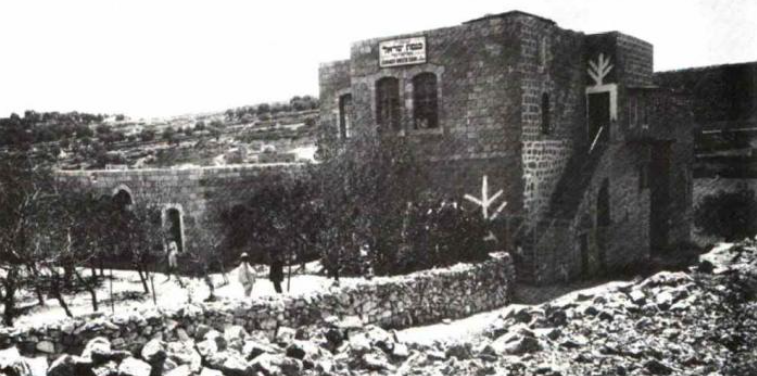 In the summer of 5685/1925, Harav Nosson Tzvi made aliyah to Eretz Yisrael with many talmidim and the yeshivah was reestablished in Hevron.
In the summer of 5685/1925, Harav Nosson Tzvi made aliyah to Eretz Yisrael with many talmidim and the yeshivah was reestablished in Hevron.
During the final period of his life, while living in Eretz Yisrael, Harav Nosson Tzvi became increasingly weak. He passed away on 29 Shevat 5687/1927 and was buried on Har Hazeitim (Mount of Olives). Hashem took him away before the tragedy of the Hevron massacre in 1929.
***
From The Yeshiva World by Rabbi Yair Hoffman for 5tjt.com




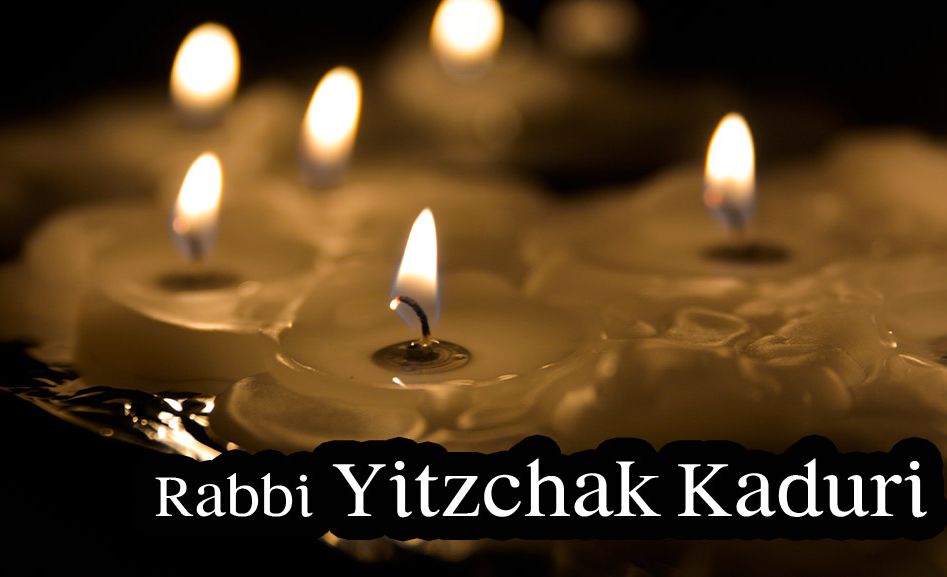

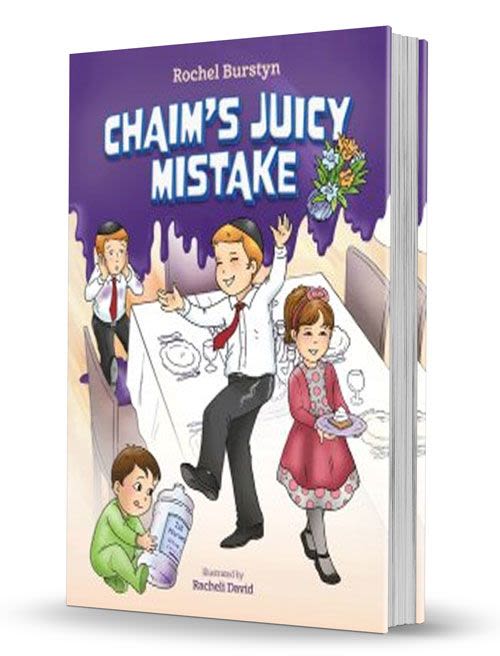
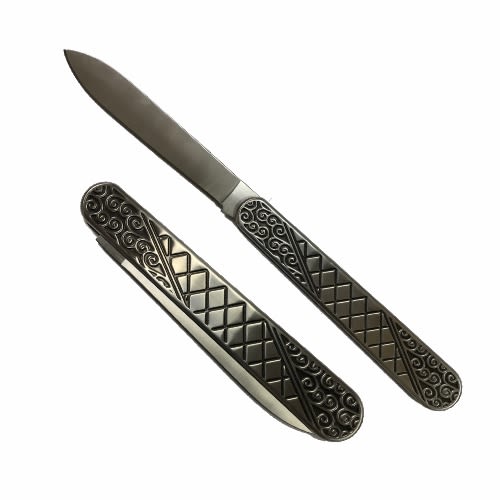

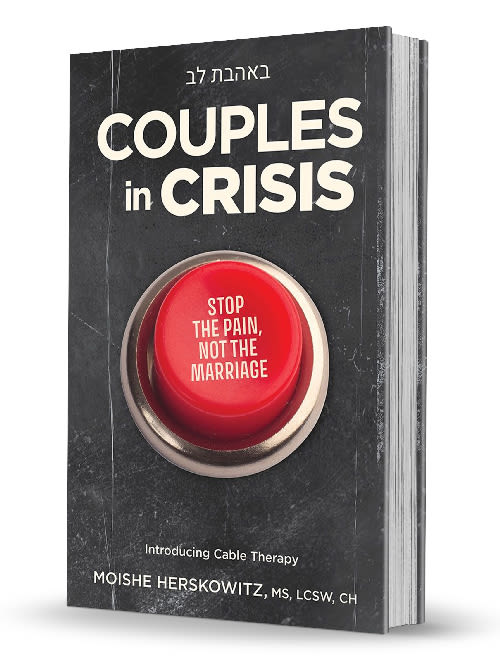
Tell us what you think!
Thank you for your comment!
It will be published after approval by the Editor.